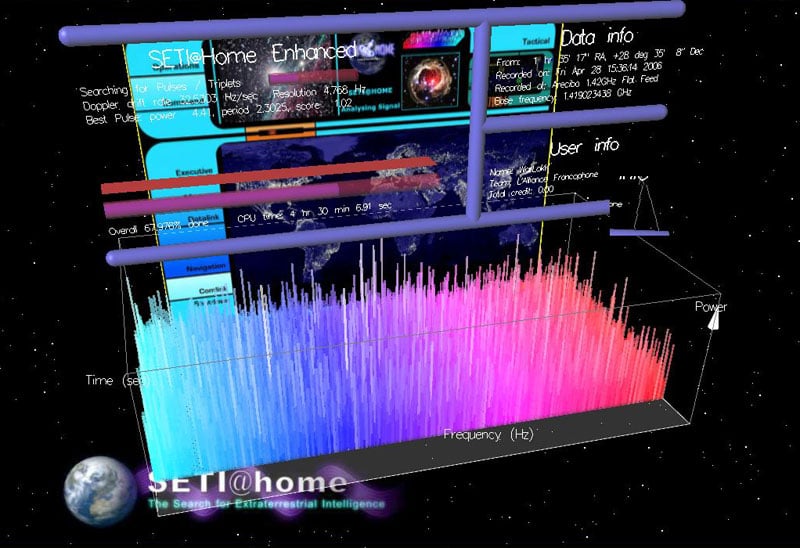Some years ago I rememeber running the SETI at Home screensaver and would watch it for hours to see if any peaks appeared naively thinking they might be signals from an alien civilisation! There is no doubt that the search for extraterrestrials (ET) has captivated the minds of many people across the years. The search has of course to date, been unsuccesful despite multiple observations that seem to suggest the conditions for life across the cosmos may actually be more common than we first thought. Now Chinese agencies are funding projects to use the Five Hundred Meter Aperture Spherical Telescope (FAST) to conduct searches for alien signals.
The Far Neighbour Project (FNP) was launched in 2023 and uses some interesting observational techniques to hunt for technosignatures from advanced civilisations. They are targetting nearby stars, exoplanet systems, local globular clusters and much more. A paper recently published by a team led by Tong-Jie Zhang explains how the team plans to use FAST along with new observational data analysis techniques in the hunt for alien signals.
FAST - which has been nicknamed Tianyan meaning "Sky's Eye" - is located in Pingtang County, soutwest China and was comissioned in 2016. It is the second largest single dish radio telescope in the world and has been constructed in a natural depression. The design is quite innovative with 4,500 metal panels which form a moving, active parabola. Like other large static dishes, there is a cabin suspended above the dish from cables. This can move automatically to steer the instrument to receive signals from which ever direction is required.
The team are employing two new observation methods in the hope it will enhance and improve the results. First is the MultiBeam Coincidence Matching method (MBCM) which is similar to the On-Off method that has been commonly used in SETI observations. The On-Off concept assumes that a sky-localised signal would not be detected in multiple telescope observations at the same time. MBCM takes advantage of FASTs 19 beam receiver so that it can simultaneously record data in the centre beam AND the outermost beams. Then there is the MultiBeam Point-Source Scanning (MBPS) technique which also makes use of FASTs 19 beam receiver. It is especially sensitive to persistent narrowband signals and it can simultaneously cross-reference observations in a single observation. Together MBCM and MBPS are two new and powerful observational methods that will greatly enhance the speed of observation processing and conduct more sensitive observations of more celestial objects.
The paper concludes by musing that the techniques and methods may easily enable the Far Neighbour Project to run for a millennium and for that reason, they refrain from describing exactly how their methods may be implemented across such vast timescales given the pace of technological advancement. Alas to date, no evidence has been acquired for the existence of extraterrestrial intelligence but these new methods must swing the possibility of detection in our favour if, anyone is out there!
Source : SETI at FAST in China
 Universe Today
Universe Today

